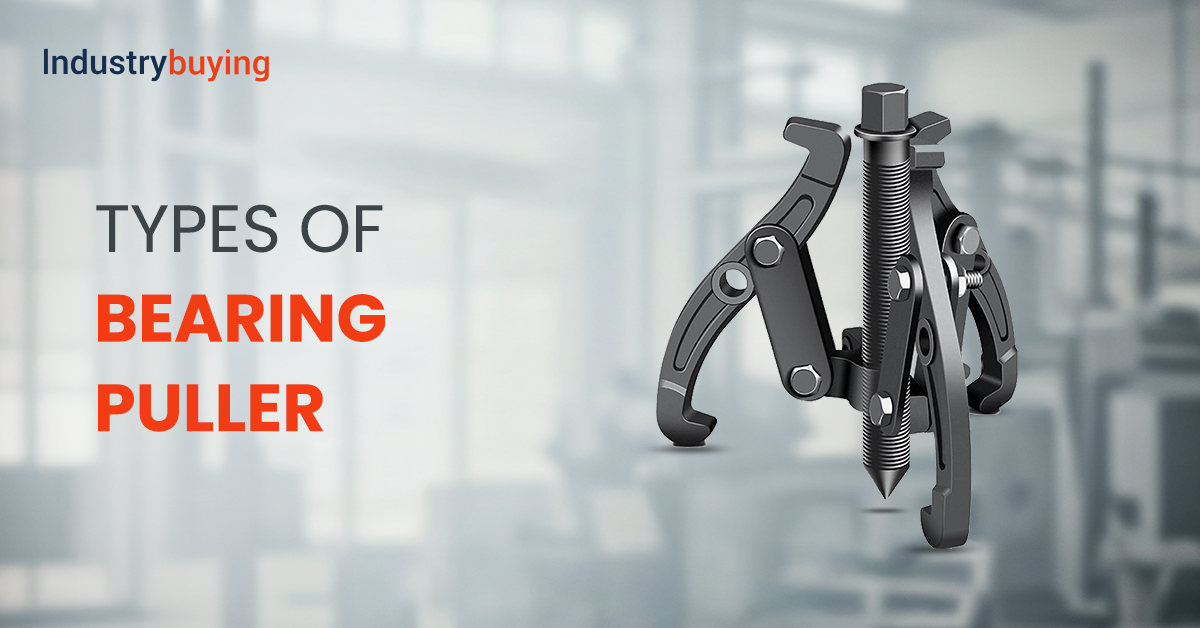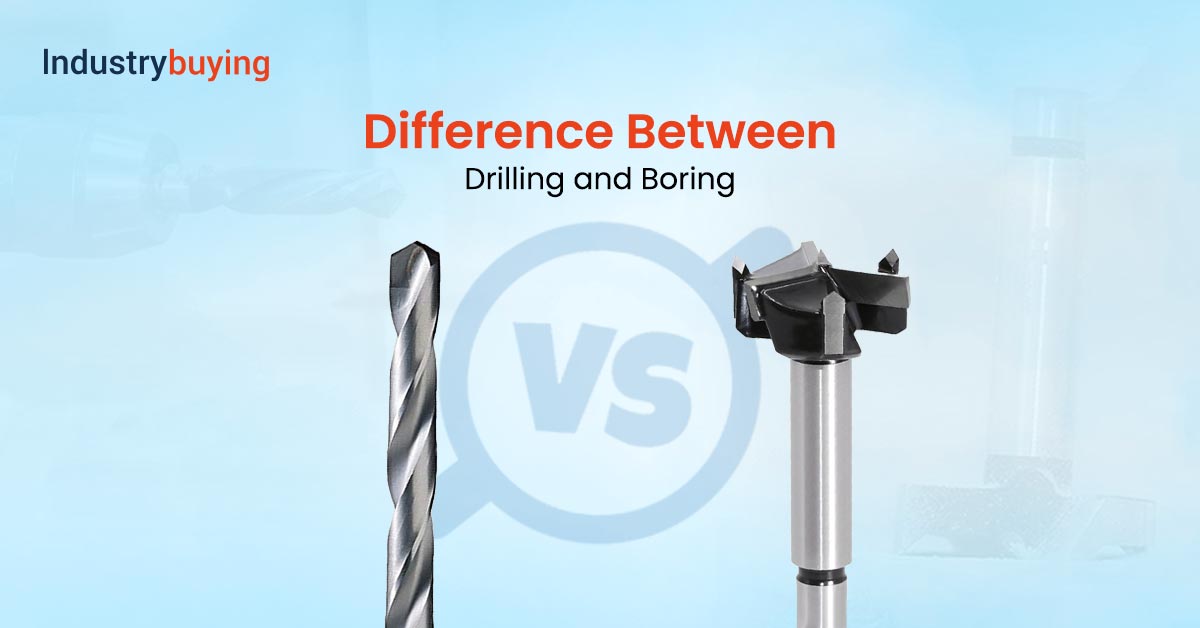Types of Jumper Wire
Introduction Bearing removal and safety remain crucial within all maintenance and repair activities involving machinery systems. Bearing pullers are particular tools that help remove […]
In engineering and manufacturing, drilling and boring are crucial steps to achieve precision and accuracy. Both processes include creating or enhancing the holes in […]
Today, when the world is moving at a fast pace, having a reliable laser printer can considerably reduce your work and improve productivity. Laser […]
Wash basins or sinks are an integral part of bathrooms or commercial washroom setups. They offer both functionality and aesthetic appeal to the bathroom. […]
GST, or Goods and Services Tax, has transformed the taxation system in India, bringing significant benefits to businesses across industries. With the implementation of […]




